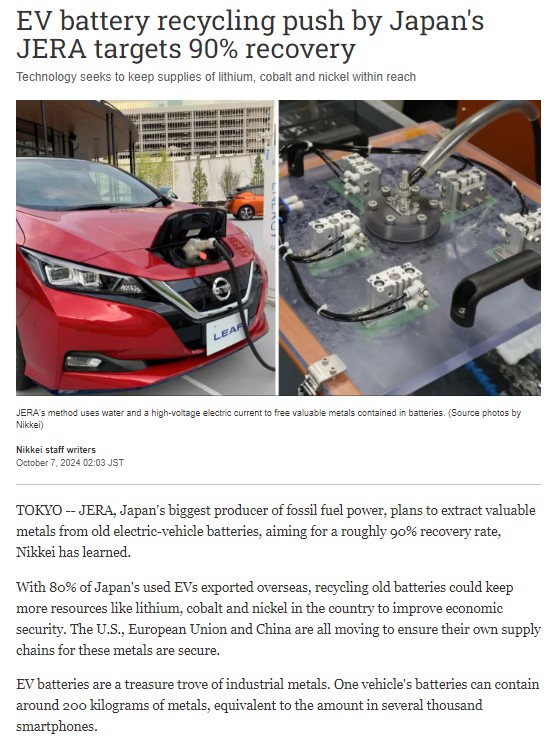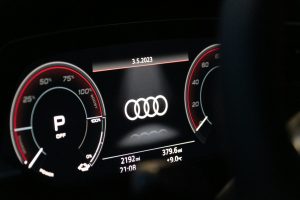
The dashboard image above busts one myth wide open – this is from a 10 year old BYD E6 (thank you GVI Electric) that started life as a Taxi in Singapore and has travelled over 400,000 km and still has a battery range of over 300k. (The current warranty for BYD vehicles sold in New Zealand is 8 years/160,000 km).
Often EVs have longer warranty periods than ICE vehicles – and not (before we get the comments) because the manufacturers worry about selling EVs – because they are actually less of a warranty risk. There are far fewer moving parts in an EV than in a Petrol/Diesel vehicle and far less things to break/wear out.
Like any rechargeable battery, over time an EV’s traction battery will degrade but, unless there is some manufacturing fault, or abusive use, this degradation is normally a slow process.
Arval is the first leasing company to offer systematically a battery health certificate for electric vehicles when reselling them on the used car market. They can confidently do this as they analysed 8,300 health certificates conducted in 8 countries (Netherlands, Belgium, France, Spain, Italy, Germany, United Kingdom, and Switzerland), of which 77% were BEVs and 23% were PHEVs. The health certificates were conducted for vehicles marketed by Arval from around 30 brands, sold between March 2023 and November 2024.
and they found…
- Of the 8,300 electric vehicles tested, the average battery health was 93% – 100% being the theoretical health status of the battery when the vehicle is first put on the road.
- The vast majority (98%) of the measured health statuses are above 80%.
- After traveling 70,000 kms, the average battery state of health of an electric vehicle is 93%.
- Beyond 200,000 kms, the health status remains close to 90% in average.
More details HERE
EV batteries are still a relatively new technology but batteries will become unsuitable for use in an EV and then..
Repurposing
Before an EV battery is recycled it is normally repurposed – think of this as a car engine being removed and used to power your fridge which of course happens all the time with car engines as we know.
The point being that once a car traction battery gets to a level whereby it is no longer practical it can be used for storage.
In a recent European study (Norway) “On the potential of vehicle-to-grid and second-life batteries to provide energy and material security”, full details HERE the options for EV batteries to be used for grid storage is examined.
The study investigated “the potential of vehicle-to-grid and second-life batteries to reduce resource use by displacing new stationary batteries dedicated to grid storage. Based on dynamic material flow analysis” the study showed “that equipping around 50% of electric vehicles with vehicle-to-grid or reusing 40% of electric vehicle batteries for second life each have the potential to fully cover the European Union’s need for stationary storage by 2040. This could reduce total primary material demand from 2020–2050 by up to 7.5% and 1.5%, respectively, which could ease geopolitical risks and increase the European Union’s energy and material security. Any surplus capacity could be used as a strategic reserve to increase resilience in the face of emergencies such as blackouts or adverse geo-political events”
Closer to home Z Energy are partnering with Zenobe to trial use of a portable, refurbished bus battery (referred to as a Powerskid by Zenobē) which acts like a giant power bank on the forecourt. The battery has the ability to charge two cars at once via 75kW CCS/CHAdeMO chargers.
The innovation adds EV charging capacity to a site without the need to upgrade the electricity network to cope with the increased demand.
Additional benefits include the possibility to provide EV charging to areas where upgrading the network and installing a DC charger would be impossible or preventatively expensive, as the battery can be transported on the back of a flatbed truck and delivered almost anywhere. It can provide a temporary, portable power source for EV charging, construction sites or film sets as and where required.
Recycling
Finally, unlike when a petrol or diesel engine dies, many materials that can be recycled will be. As the article below mentions (written before tariffs added even more to the urgency!) more countries are moving to improve economic security article from Nikkei Asia…






